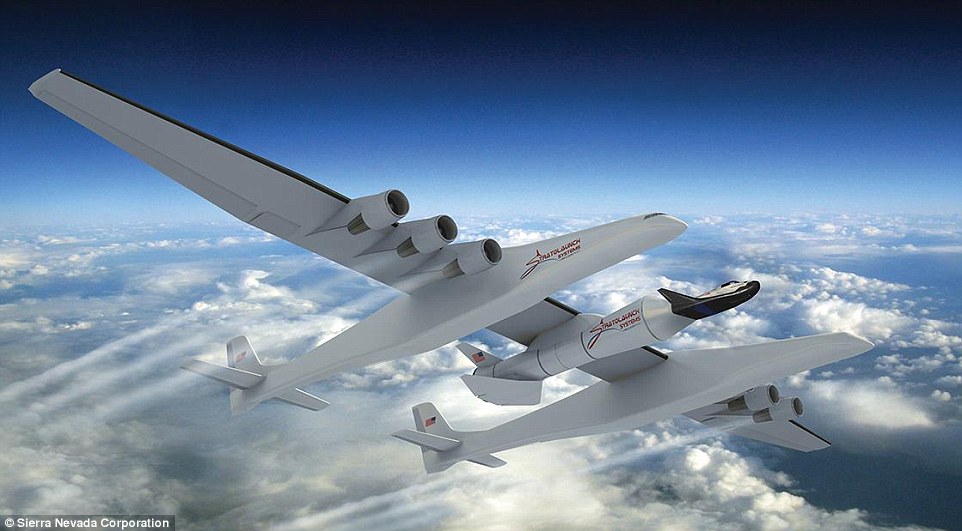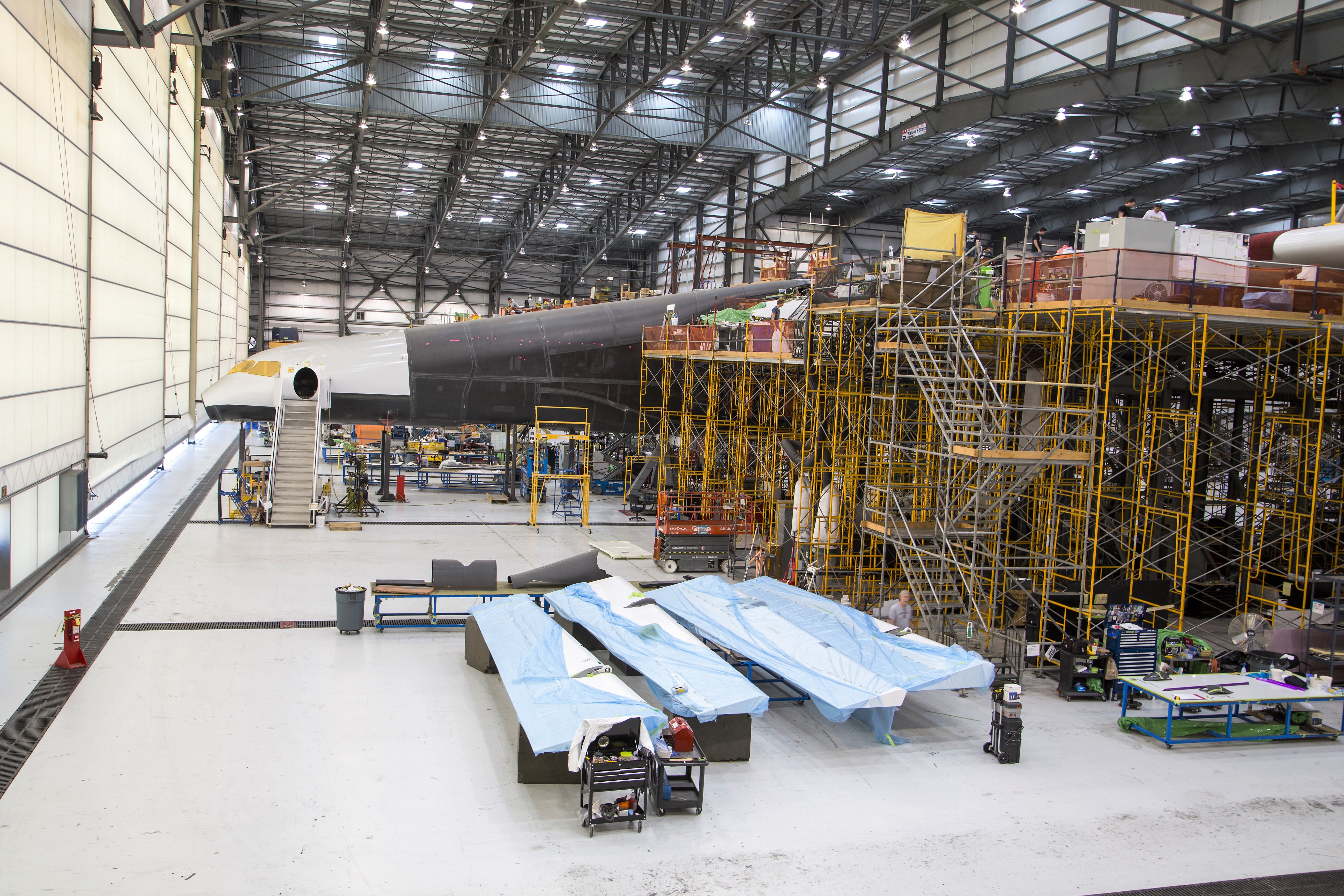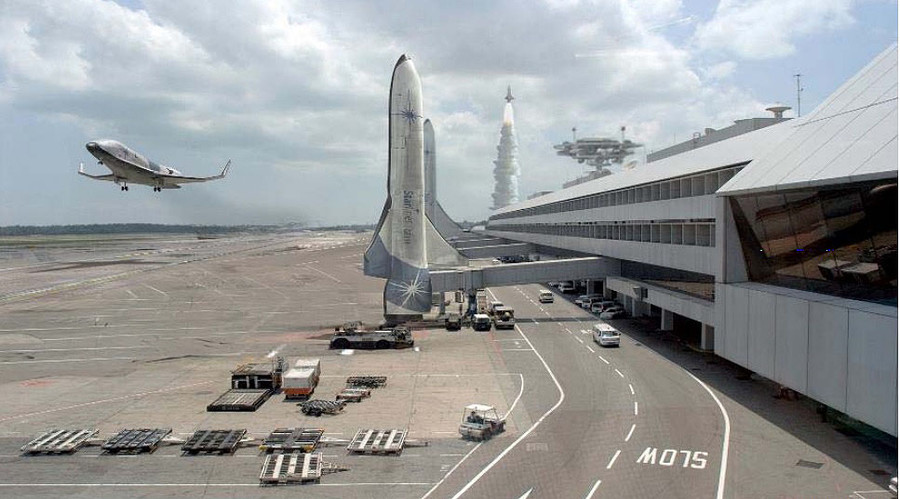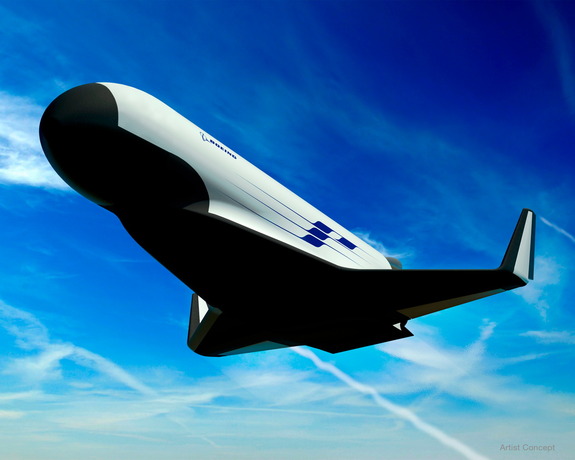MOJAVE, Calif., Aug. 2, 2016 /PRNewswire/ --
Vector Space Systems, a micro satellite space launch company comprised of new-space industry veterans from SpaceX, Virgin Galactic, McDonnell Douglas and Sea Launch, today announced the successful launch of its P-20 rocket, a sub-scale test vehicle for the Vector 1, in advance of orbital launches in 2018. The test, conducted July 30 in Mojave, CA, also carried Vector's first customer payload through a partnership with Finnish-based
Iceye. Iceye launched a prototype of its micro satellite's core computing and communications systems to test its electrical and mechanical resilience in a launch environment.
The launch successfully validated the next development version of Vector's high performance upper stage engine that runs on the unique propellant combination of liquid oxygen and densified propylene. In particular, the flight demonstrated the ignition and operation of a single-piece injector fabricated using 3D additive manufacturing.
"This successful launch, our very first vehicle launch as Vector Space Systems, not only demonstrates the maturity of our launch technology, flight operations and propulsion systems, but also shows our commitment to supporting new-space startups by including a customer payload in our very first launch," said Jim Cantrell, CEO and co-founder of Vector Space Systems. "Vector has already quickly and successfully progressed through not only engine testing, but all the way into initial flight operations, and now the inclusion of a customer payload, putting us on a fast-track to orbital launches by 2018."
Developed by Garvey Spacecraft Corporation and acquired by Vector in 2016, the P-20 rocket is a sub-scale test platform for evaluating critical technologies and functions of the operational Vector launch vehicle's second stage, which is capable of placing 50 kg into a low-Earth orbit.
Headquartered in Espoo, Finland, Iceye is focused on expanding the availability of synthetic aperture radar (SAR) data to support decision making in diverse areas such as trade, exploration, relief efforts, farming, and environmental protection. Iceye is working to launch and operate a constellation of micro satellites that carry its own compact and efficient SAR sensor technology. Its first satellite is scheduled to launch in the second half of 2017.
"Iceye is honored to be a part of this inaugural test launch and to begin our partnership with Vector Space Systems," said Iceye CEO Rafal Modrzewski. "With our plans to launch up to 30 satellites over the next five years, we expect to work closely with Vector Space Systems as a key partner in launching and refreshing our constellation for years to come."
Featuring the only launch system dedicated to serving the rapidly growing micro satellite market, Vector connects space startups with affordable and reliable launch-enabling platforms and vehicles at a cost point never before possible for accessing space. With this successful launch, Vector remains on track for its first orbital launch in 2018, with a number of pathfinding ground operations planned at candidate launch sites early this fall.
About Vector Space Systems
Vector Space Systems is a disruptive space innovator that connects space startups with affordable and reliable launch enabling platforms and vehicles at a cost point never before possible for accessing space. For more information, visit
www.vectorspacesystems.com.
About Iceye
Iceye is building a satellite-based information service, providing the world with access to near-real-time imagery from space. The Iceye imaging radar instrument can image through clouds, obscuring weather and darkness, making the system more reliable for operational use than optical camera-based systems. More information:
www.iceye.fi.







